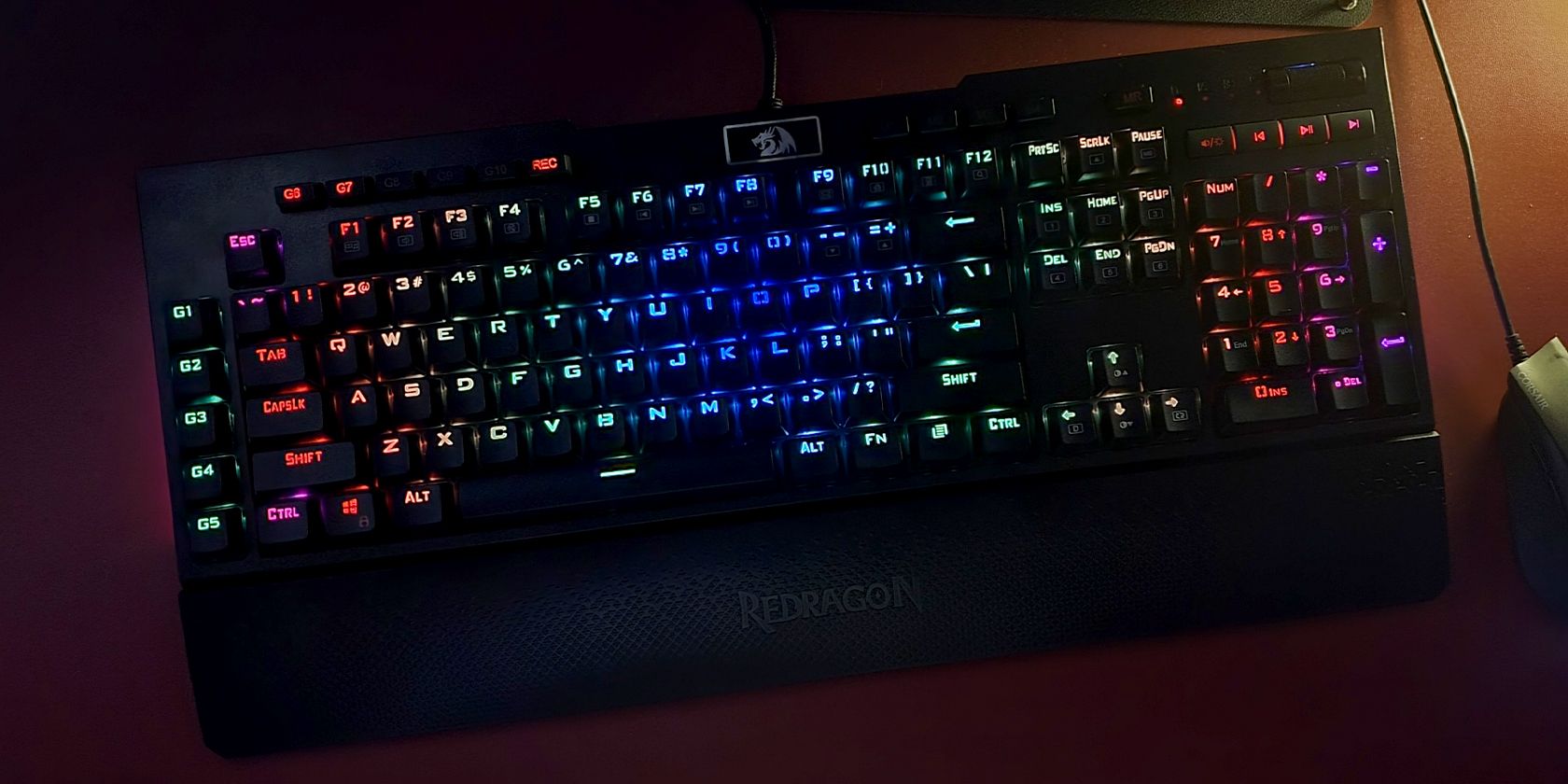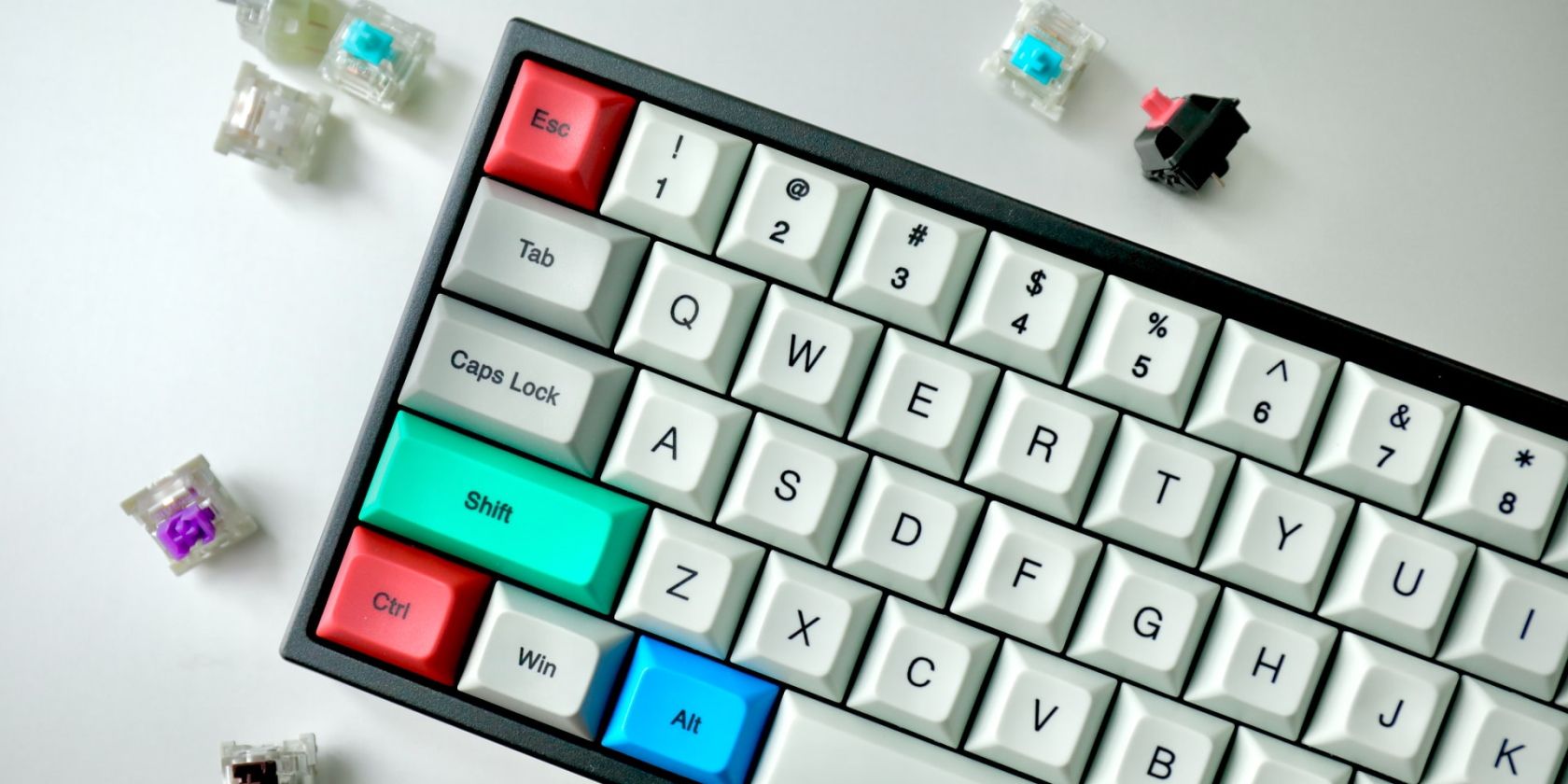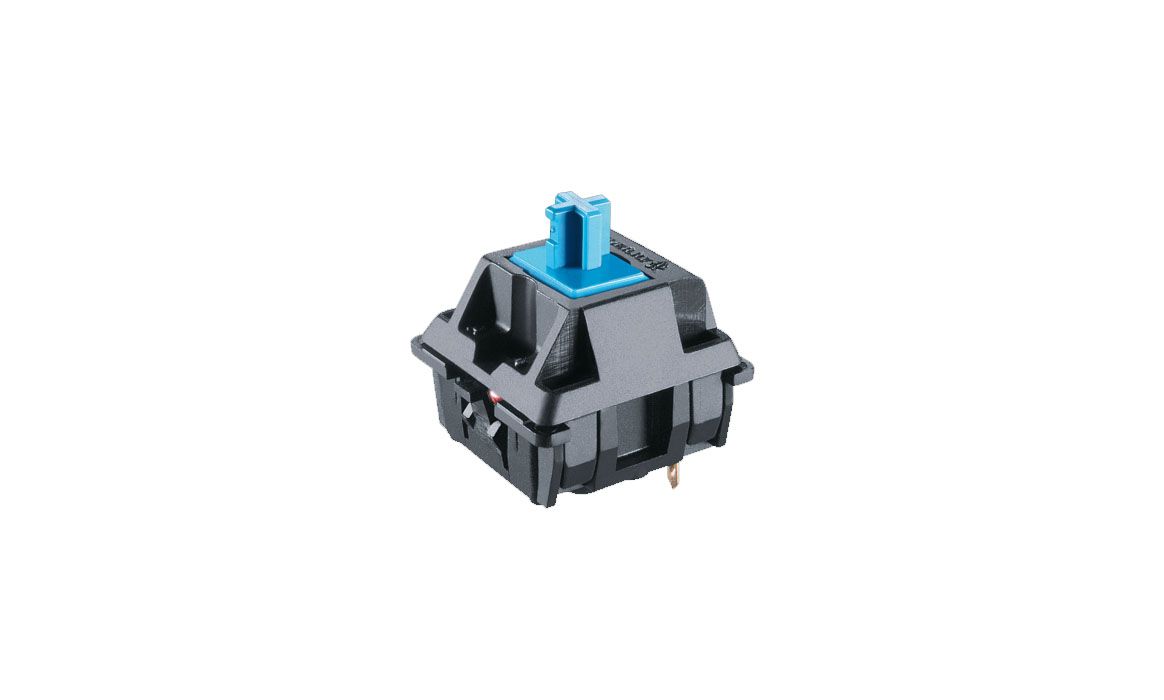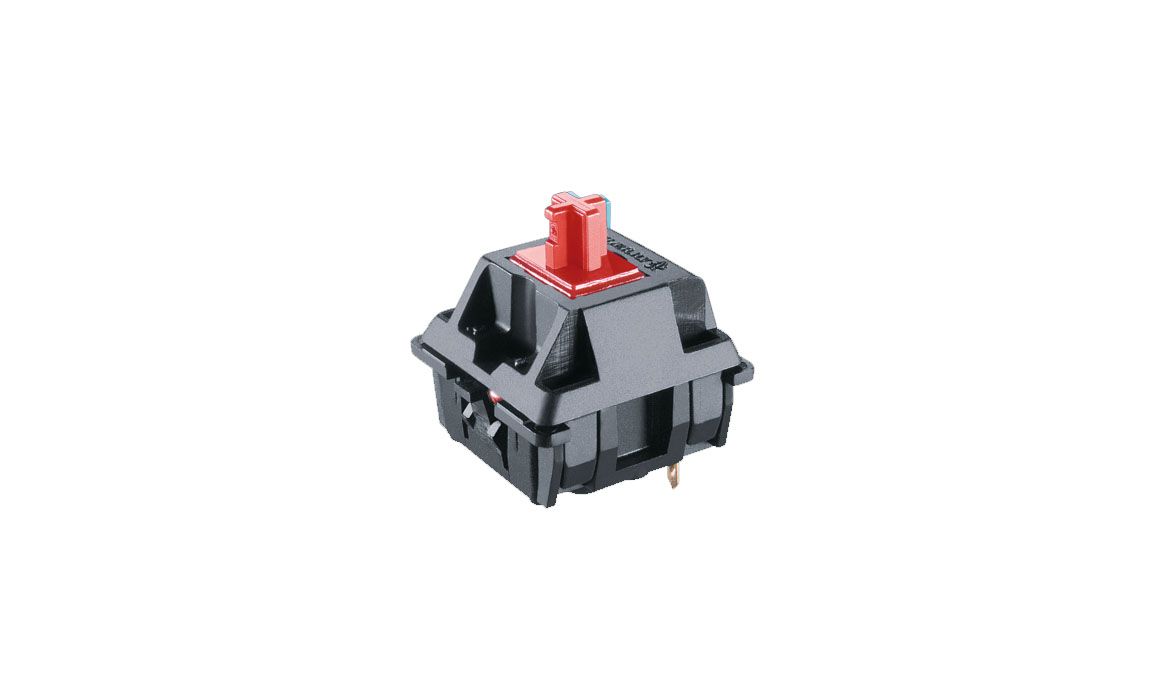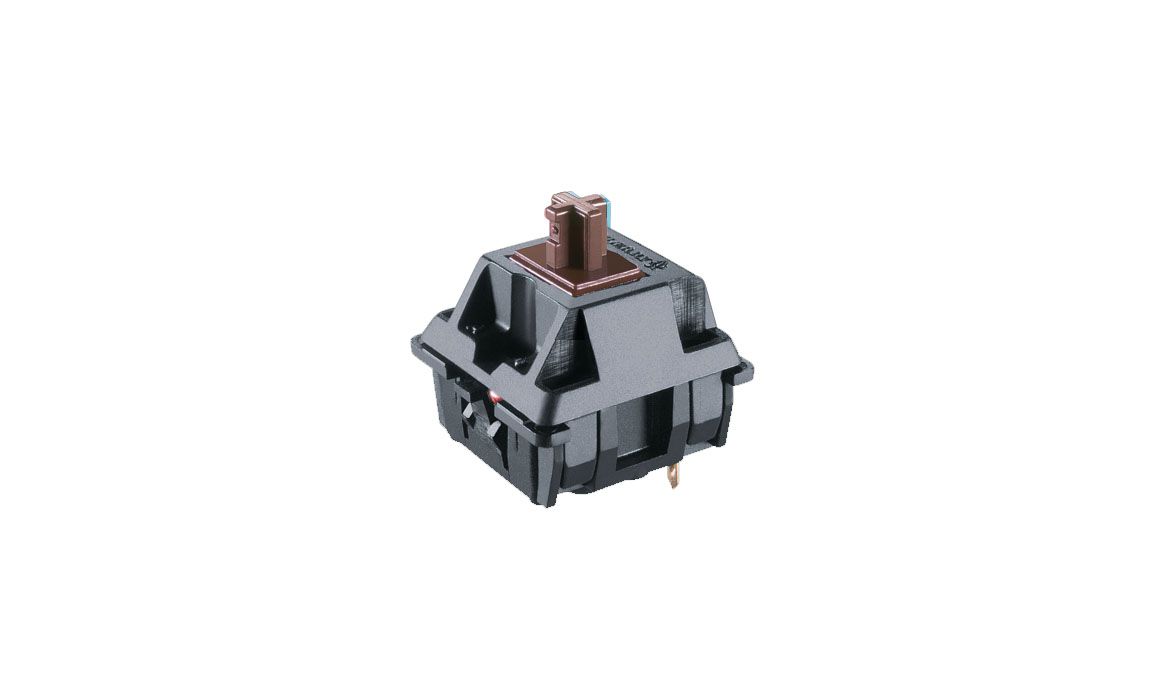When it comes to mechanical keyboards, there is more choice than you think. Most make do with a regular wired keyboard, but once you get into the mechanical keyboard world, you'll find there are heaps of choices you can make aside from whether it has RGB or not.
One of those options is switches. Picking the right keyboard switches for your mechanical keyboard can vastly improve your typing or gaming experience. Yet, for newcomers, the choice can be daunting.
Luckily, we're here to walk you through it. So, what are the differences between red, blue, and brown switches, and which one is right for you?
What Is a Keyboard Switch?
What makes a mechanical keyboard is the presence of individual key switches. On a membrane keyboard, you have a circuit board with connections for each key, and above it, a membrane made of a flexible material like rubber. Keyboard caps go on top of little contact points in the membrane, and the membrane helps register each keystroke.
By contrast, in a mechanical keyboard, each key has its own mechanical switch. Pressing down on a key will physically activate that switch, and the keystroke will register when the activation threshold is met.
You can read more about the differences between mechanical and membrane keyboards, but the basic gist is that mechanical keyboards are considered more robust and complex and also way more customizable.
Why Do Keyboard Switches Come in Different Colors?
The truth of the matter is that mechanical keyboards are not really one size fits all.
If they came in one single design, membrane keyboards might be even more popular. Everyone has different preferences when typing. And because of that, keyboard switch colors exist. They're not just a visual branding difference, either—different switch colors can have different actuation points, be harder/softer to press, have tactile feedback, or even have varying degrees of noise.
The most common keyboard switches are blue, red, and brown. No matter which brand of switches you're using—whether it's Cherry MX, Gateron, Kailh, or any other—you should have a fairly similar experience going by the colors, as they should all have the same basic functional tenets.
How Do Blue Mechanical Switches Work?
The blue switches are also commonly known as tactile switches or "clicky" switches, and they're often considered the best switches for any job that involves a lot of typing, such as programming or writing. The way blue switches work is that, when pressing down on a key, once it registers, you'll hear a click, accompanied by a tactile bump. You'll feel and hear the very moment a key registers on your computer. And the sound the keys make is actually quite satisfying, too.
The main advantage of blue switches is that, since you'll get both tactile and auditive feedback when a keystroke is registered, you don't need to press keys down all the way, making your hands less tired during long writing sessions. They're also great for touch typing, the practice of writing without looking at your keyboard.
How Do Red Mechanical Switches Work?
On the other hand, red switches are normally preferable for gaming purposes, although they can also be perfectly used for typing. Unlike blue switches, red switches are what's known as a linear switch. These don't have any tactile or audible feedback, and when a keystroke is registered, you won't hear or feel it. They're not completely silent switches, but you will not hear the signature "click" a blue switch makes when pressing down on a key.
In exchange, though, you get a slightly lower actuation point, requiring less force from your fingers to register a keystroke. The fact that they're more sensitive and linear means that they're really easy to press, and they respond faster than clicky switches, making them preferable for gaming purposes, where you'll need to press down on keyboard keys very fast.
How Do Brown Mechanical Switches Work?
If you don't need the noisy clicky action a blue switch will give you but don't like the sensitivity of red switches, there's a sweet middle point you can try instead. This is exactly what brown switches will give you.
Brown switches have the tactile bump blue switches have, without the noisy click. Instead, it's a silent bump that can be felt but not heard. They also have the resistance of blue switches, meaning it is effectively a blue switch that's silent like a red one. This makes brown switches a great choice if you use your PC for gaming and typing, as it comes with the best of both worlds. It's not noisy, but it's nonetheless satisfying to type with.
Red vs. Blue vs. Brown: What's the Best Mechanical Keyboard Switch?
It depends entirely on what you want to use your computer for and other personal preferences.
If you're primarily gaming, red switches are probably the way to go. They don't have tactile feedback, so you'll often find yourself pressing down on them completely. In exchange, though, you get switches that are easier and lighter to press down, which is something you want if you're playing a game that needs quicker reactions.
If you're mainly using your PC for typing, or if you'll do a combination of typing/gaming, then the choice comes down between blue and brown switches. The decision will mainly hang on whether you want clicky switches or not because blue/brown switches are otherwise identical. If you don't mind the noise or openly embrace that noisy life, then, by all means, go for a keyboard with blue switches. On the other hand, if you'd rather have something a bit more silent, brown is the way to go.
Red for Gaming, Brown or Blue for Everyone Else
Keyboard switch colors aren't just a branding gimmick. There are differences between them, and it's a matter of informing yourself before pulling the trigger on a new mechanical keyboard. Do your homework, and see which kind of switch works better for you.
Hopefully, this post has helped you make up your mind a bit.

